Issues and challenges of the legal translation framework
The successful outcome of an international negotiation, an individual’s complete freedom, the ending of a divorce proceeding, a testamentary succession’s accurate implementation, the result of an international adoption, are relevant factors which are often depending on an (in)adequate legal translation.
The multilingual legal framework in which we live requests uniformity in the interest of legal harmony between systems, legal certainty – nonetheless integration policy purposes – and promotes the value of national idiomatic distinctness.
Legal translators are affected by countless challenges nowadays: how to make sure, e.g., that a legal concept expressed in a European regulation holds the exact same meaning and content through each of the twenty-four available linguistic versions of the document? Clearly, a complete understanding of each of the languages provided by the European Union isn’t remotely conceivable for any EU official; nor could they gain an exhaustive knowledge of the professional and technical subjects they should deal with in the every-day working environment (e.g., financial, agricultural, corporate, or transactional fields…). Now let’s carry out a closer analysis of the European system, especially focusing on the Court of Justice of the European Union.
The importance of the multilingual aspect of the CJEU’s work has come increasingly to the fore in recent years, particularly since the ‘mega-enlargement’ dating back to May 1st, 2004 (since when ten new countries with a combined population of almost 75 million joined the EU).
Indeed, the Court, as stated on its own website in the part concerning the ‘General Presentation’, sets out its ‘mission’: “The Court is required to observe the principle of multilingualism in full, because of the need to […] ensure that its case-law is disseminated throughout the Member States”[1].
The multilingual jurisprudence produced by the CJEU is necessarily shaped by the dynamics within that institution and by the ‘cultural compromises’ pertinent to the production process, whose resultant texts are hybrid in nature and approximate.
The first type of ‘cultural compromise’ involved in the Court’s case law lies in the fact that every official version of a collegiate judgement is actually drawn by the French drafted version: a wording choice that not many référendaires are comfortable with. The “mother text” – if it may be so called – is very often the subject of painstaking deliberations, which could easily be overlooked to the untrained eye of those who didn’t take part in the production process. However, because the deliberations are secret, it is impossible for anyone other than the judges involved to know where compromises lie in the text.
Although most référendaires claim to work solely in French, when interviewed, the majority actually admitted to drafting ‘half in their own mother tongue and half in French, tending to translate what they want to say into French instead of really working in it’. Furthermore, working in a foreign language can also help them to find answers to legal problems that they wouldn’t have found in their own language.
Secondly, it is important to recall that all translation, including legal translation, involves an element of approximation. In addition to the above-mentioned issues, as well as questions of untranslatable legal concepts, the ‘lawyer-linguists’ have a responsibility as lawyers to ensure that their translations are legally sound and represent the statement of law that the Court wishes to pursue.
This causes also frequent discrepancies (avoidable or not) between translated documents resulting from the linguistic-interpretative procedure, such that it’s not unrealistic that the judge and référendaire will end up understanding differently the case in question.
Another considerable topic in this regard lies in their reaction to the introduction of the so-called ‘pivot translation’ at the Court in May 2004. That system consists of five pivot (or ‘basic’) languages in use at the CJEU (French, English, German, Spanish and Italian) which are ‘partnered’ with a number of the ‘post-2004’ languages. It means that documents are translated into the pivot language and from that translation can be further translated into all other EU official languages; e.g. the German language division provides translation from Bulgarian, Estonian and Polish; and the Italian language division from Romanian, Slovak and Slovenian.
A similar technique has been source of debates between judges and référendaires, who describe pivot translation as “dangerous”, and claim that it “exacerbates any problems already existing within the translation system”, besides the circumstance that the precise wording of a particular phrase may be discussed for days or even weeks[2].
Some examples
Some approximations, as mentioned above, simply cannot be avoided. This, for instance, happens to the translation of the English “cartel”, into French as either “entente”, “accord” or even “cartel”, none of which have exactly the same meaning as “cartel” does in English: in the French language version of Article 104 TFEU such words are used in a narrower and much more punitive sense than the Anglophone equivalent, so that it seems that even discussions and negotiations can be illegal.
Even the word “contract” in English seems to not fully correspond to the signification expressed by the word “contrat” in French or “vertrag” in German, since a “contract” in English relates to an agreement based on the concept of “consideration” and “contrat” in French or “vertrag” in German do not imply the same notion.
In closing, it’s necessary to take into consideration the distance between member states with civil law and common law legal orders, where the concept of ‘droit subjectif’ doesn’t seem to have an autonomous relevance.
Conclusions
Since the current wave of globalization is increasingly challenging the jurist, it’d be appropriate that legal translators are experienced in both the source language (that is, the language which will be translated), and the target language (the language of translation).
In this way, experts in legal translation won’t remain mere interpreters of the law, but they’ll be able to have great influence over the legal system, since an apparently insignificant linguistic decision could have remarkable importance on the interpretative work.
[2] K. McAuffline, The Limitations of a Multilingual Legal System
Per la versione italiana di quest’articolo clicca qui
Silvia Casu, nata a Varese nel 1995, ha conseguito il diploma di maturità in lingue straniere nel 2014, che le ha permesso di avere buona padronanza della lingua inglese, francese e spagnola.
Iscritta al quinto anno preso la facoltà di Giurisprudenza dell’Università degli Studi di Milano Statale, ha sviluppato un vivo interesse per la materia internazionale pubblicistica e privatistica, nonché per la cooperazione legale comunitaria, interessi che l’hanno portata nel 2017 ad aprirsi al mondo della collaborazione nella redazione di articoli di divulgazione giuridica per l’area di diritto internazionale di Ius in Itinere.
Attiva da anni nel volontariato e nell’associazionismo, è stata dal 2014 al 2018 segretaria e co-fondatrice di un’associazione O.N.L.U.S. in provincia di Varese; è inoltre socio ordinario dell’ Associazione Europea di Studenti di Legge “ELSA” , nella sezione locale – Milano.




